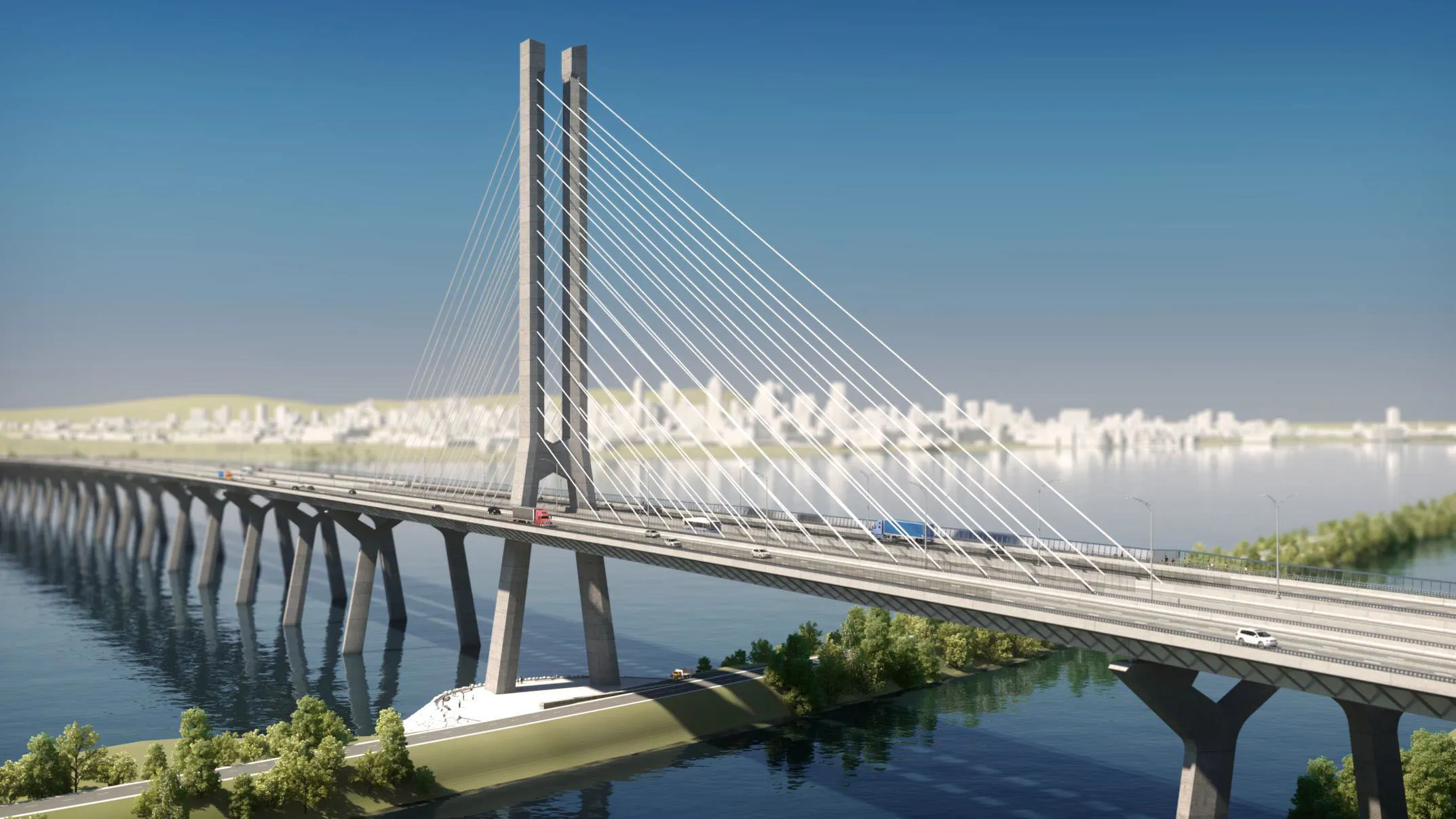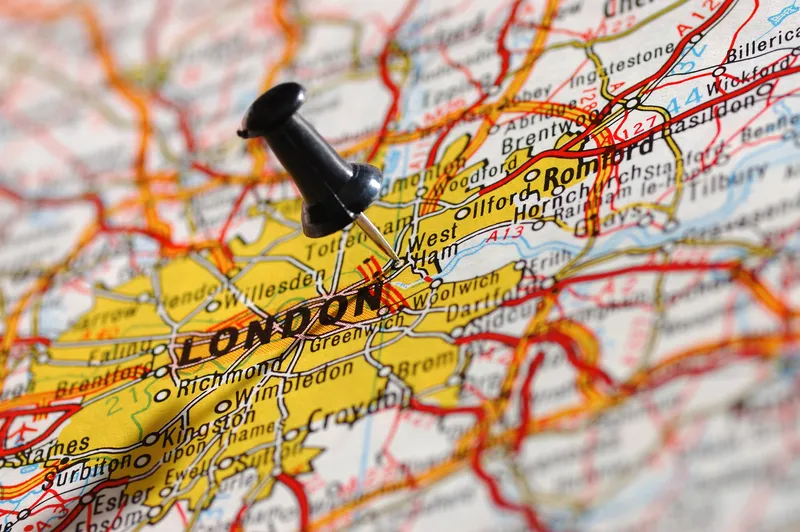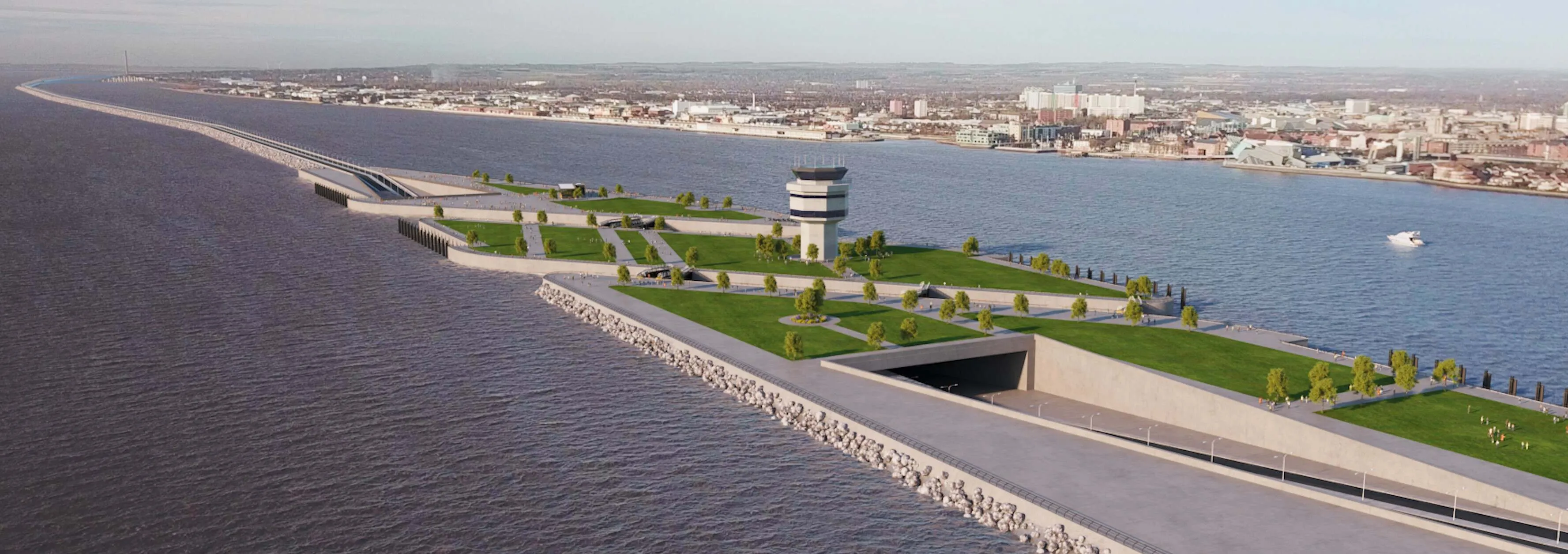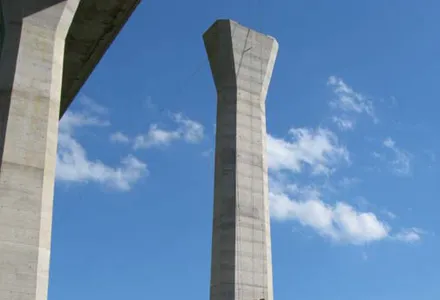
Cost of the entire corridor project is set at US$3.3 billion of which around $1.8 billion is for construction of the bridge, approach roads and highway adjustments.
Failure to open the bridge to vehicular traffic on time means the consortium faces stiff fines, according to media reports: around $77,500 a day for the first seven days followed by $310,000 per day.
The federal Canadian government signed a public-private partnership deal with the SNC-Lavalin consortium Signature on the Saint-Laurent Group in mid-2015 for the group to design, build, finance and maintain the New Champlain Bridge Corridor project. SNC-Lavalin is a 50% partner in SSL which will operate and maintain the bridge until October 2049. Other SSL partners are
Meanwhile, SSL entered into a date-certain, fixed-priced contract with a construction joint venture of which SNC-Lavalin is again a 50% partner.
The new bridge, part of a six-lane 6km corridor including roads, is being built alongside the original bridge over the Saint Lawrence River and Seaway canal system. The new bridge, 3.4km long, will have the six vehicle lanes plus two lanes running in the middle of the bridge for electric public transit trains. The bridge runs from the île des Soeurs to Brossard, immediately downstream from the existing Champlain Bridge.
The new composite girder bridge across the river and Seaway consists of a 170m-high twin-tower cable stay bridge with a front span of around 240m and a back span of 120m.
Construction of the existing steel truss cantilever bridge, as well as accompanying approaches and the Bonaventure Expressway, started in 1957 and finished in 1962. Of the old 14.5km-long complex, the bridge is 7.4km. Every year, around 50 million vehicles cross the old bridge, Canada’s most heavily travelled bridge and a major route for traffic to and from the US.








